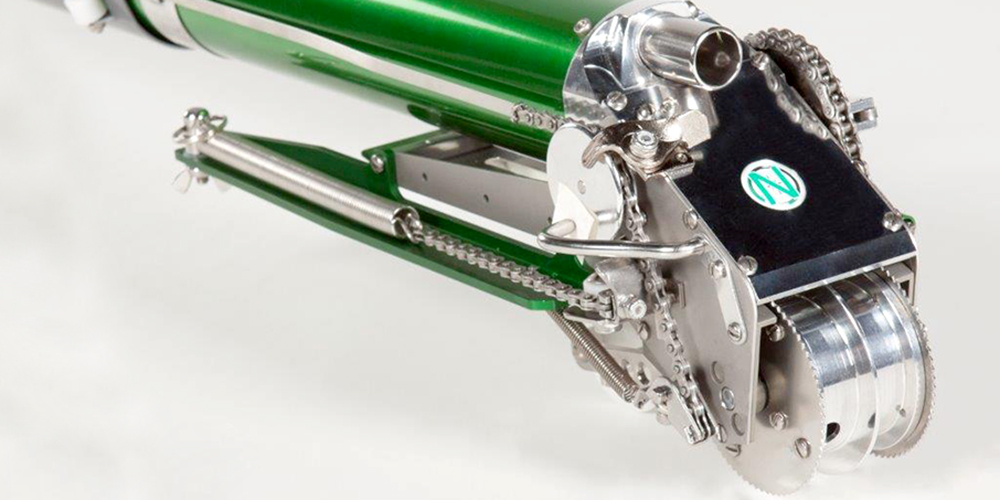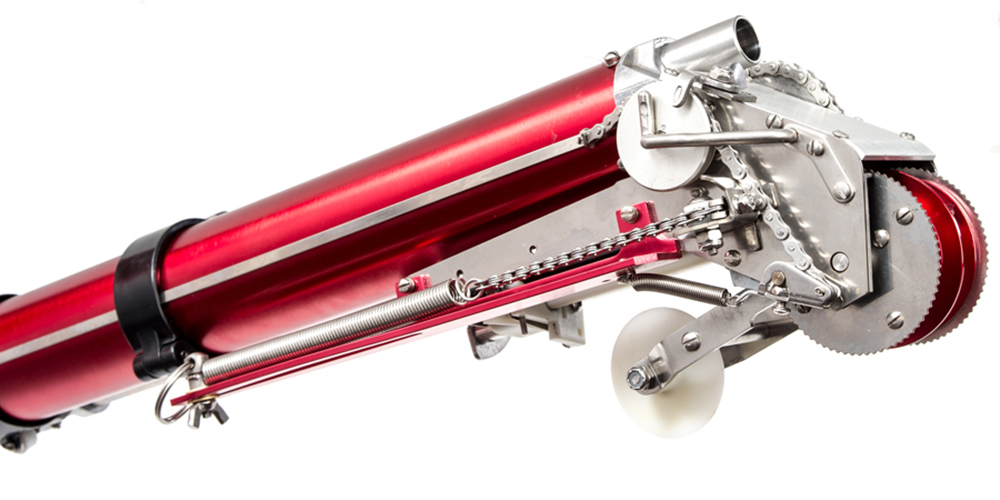Many people take pride in their profession and when it comes to drywall finishing, this is no exception. It takes a tremendous amount of skill and knowledge of the craft to perfect the application method and become great at the job, which is why the Drylining Professionals are in such high demand.
However you choose to finish your drywall, ultimately it’s the skill of the person doing it that will have the biggest impact on the end result. But it’s the time it takes to get to that end result that has so many professionals switching to automatic drylining tools.
There’s certainly no doubting the vast impact that using an automatic taper has on resource management, use of time and overall productivity.
And when you consider that the best hand finishers become the best automatic drylining tool users, you’ll see how useful the combination of speed and skill can be when using both methods together on a job to ensure high productivity and the best possible flawless finish.
It’s for this reason that a professional and skilled dryliner may choose to do the majority of the work with an automatic tool for acceleration, but save the finer detail to do by hand for visual appeal. Not only will they double their productivity, but they can also still take pride in the skill that went into the work.
Making the transition
Unfortunately, some drylining professionals are still unwilling to give the automatic tools a try. Some fear it will completely remove the need for any level of skill within the job, while others feel that the speed and accuracy of the equipment will leave them out of work having finished the job at an increased speed of delivery.
However there’s a flip side to this argument and that is, if a job is finished to a high standard sooner, there’s more profit to be made and less time needed before moving on to the next job. Getting the work finished earlier also makes you or your company more competitive in the marketplace and therefore likely to win more projects. So, despite getting the work completed sooner, there’s the likelihood of even more straight after.
Then, bearing in mind that it’s always possible to use a combination of the two methods, depending on the time available and cost of man hours, learning to use an automatic drylining tool will also give you a greater skill set, enhanced choice in your work and more marketability as an individual.
Save money on your drylining
In periods of uncertainty for the economy, companies are increasingly looking for ways to save money and one of the ways they can do this is by cutting down on labour costs. That’s not to say that people will lose work (because they can move on to another job straight away), it just means greater profit margins gained when a job takes less time.
Switch to automatic taping tools with Gypsumtools
So, if you haven’t been keen on making the move from hand to machine when it comes to finishing drywall, then maybe now should be the time to give it a go.
After all, there’s nothing to say that there isn’t room for both in today’s industry, so work out where using automatic tools will save you time and money and where the more traditional, intricate methods would prove better.
And if you need any advice on the best automatic drylining tools there are, then get in touch with us to find out more, or take a look through our extensive range online.




